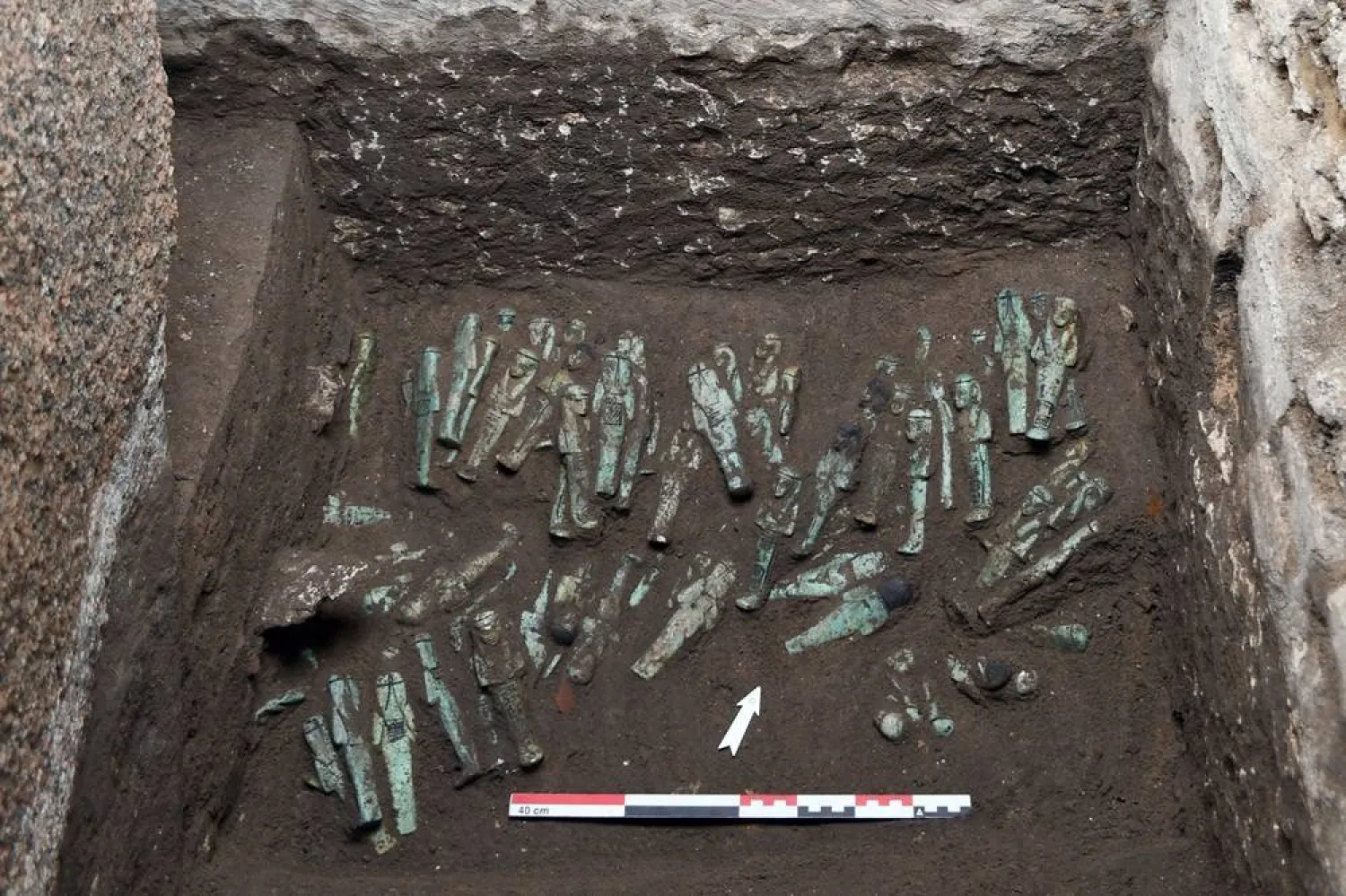In the ancient streets of Makkah, memories are cherished, gatherings thrive, and the air is filled with the scent of incense during Islam’s holy month of fasting, Ramadan.
As millions of Muslims flock to perform Umrah and spend time near the Grand Mosque, the people of Makkah experience a unique and enriching Ramadan atmosphere.
In the old neighborhoods of Makkah, memories abound for generations. They include traditional games that once brought solitary joy and Ramadan gatherings filled with warmth, generosity, and kindness.
Some of these traditions have endured for years, like locals opening their doors to the needy. From lively street decorations to the scent of incense wafting through the alleys, these customs have become part of daily life in Makkah’s community.
In some of Makkah’s old neighborhoods, cherished Ramadan traditions endure year after year.
Hadi Al-Omari, a thirty-year-old resident living near the Grand Mosque, recalls how these community gatherings have been a regular part of Ramadan, except for a brief hiatus during the coronavirus pandemic.
“After the pandemic, loved ones from all generations reunited to reminisce,” he told Asharq Al-Awsat, stressing that Ramadan was a special time observed in Makkah.
At the start of the month of Ramadan, Makkah’s streets and neighborhoods light up with colorful decorations. The lively atmosphere, especially during busy times, fills the streets, while areas close to the Grand Mosque resonate with the sound of prayers, bringing a sense of calm.
During Ramadan nights, Makkah transforms with stalls selling traditional foods, popular sweets, and drinks perfect for late-night gatherings.
One such favorite is “Soubiya,” a barley-based drink, offered in red and white varieties, with some made using dry bread crumbs.
For over 50 years, shops like “Uncle Saeed Khudari” have been serving these delights in Makkah.
Ahmad Hawiyan, who has experienced seventy Ramadan seasons in Makkah’s neighborhoods, talks about the social aspect of the holy month.
He observes changes in traditional life but emphasizes that Ramadan’s essence remains unchanged, uplifting souls with its splendor.
“Makkah is the center for Muslims, a place where hearts find solace,” he told Asharq Al-Awsat.
“Living near the holiest sites on Earth, Ramadan brings us unforgettable memories. Each generation learns love, compassion, and generosity during this blessed month,” he added.
Regarding guests staying in hotels within Makkah’s ancient neighborhoods, Hawiyan said: “Seeing them arrive during these blessed days, we feel they are neighbors and family.”
“We rejoice as they walk to mosques, knowing they're safe and secure in Saudi Arabia, the Muslim world’s focal point,” stressed Hawiyan.









